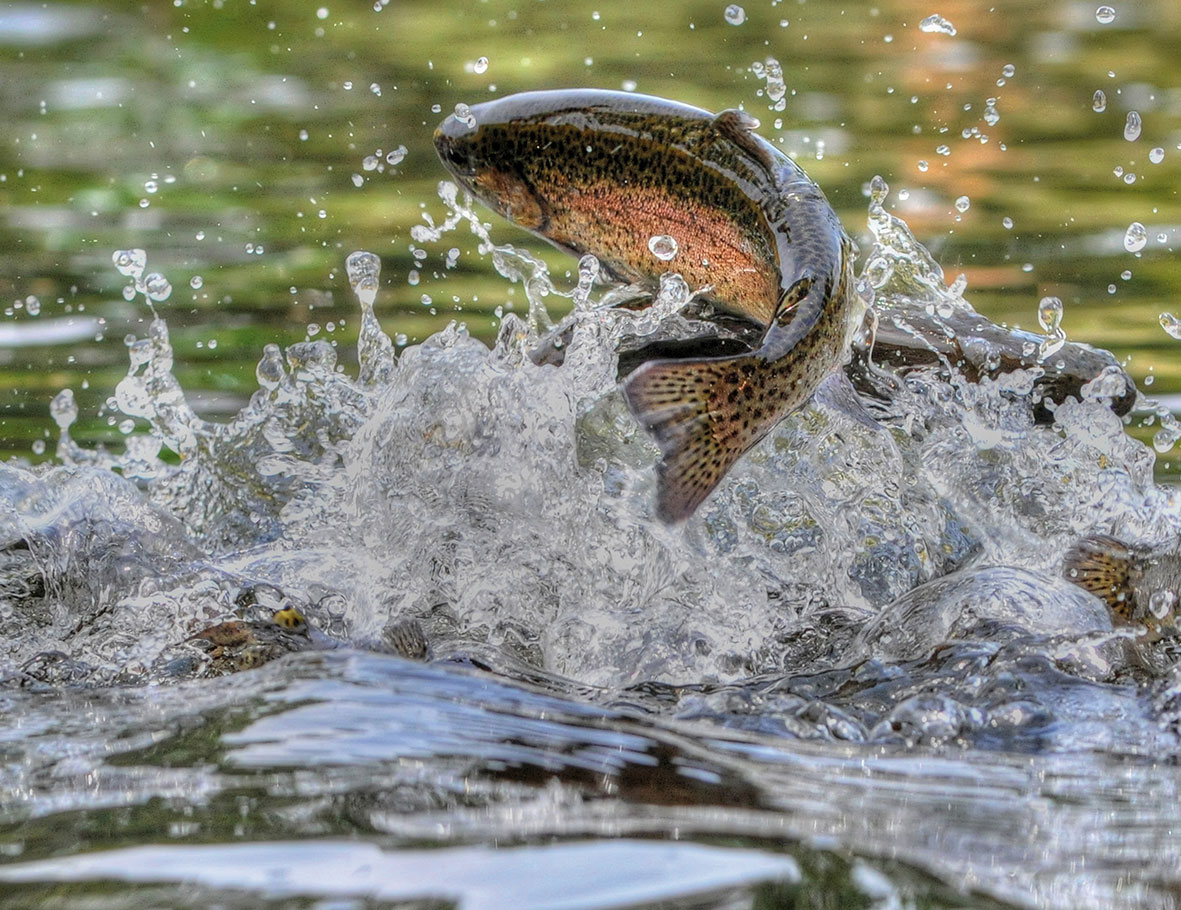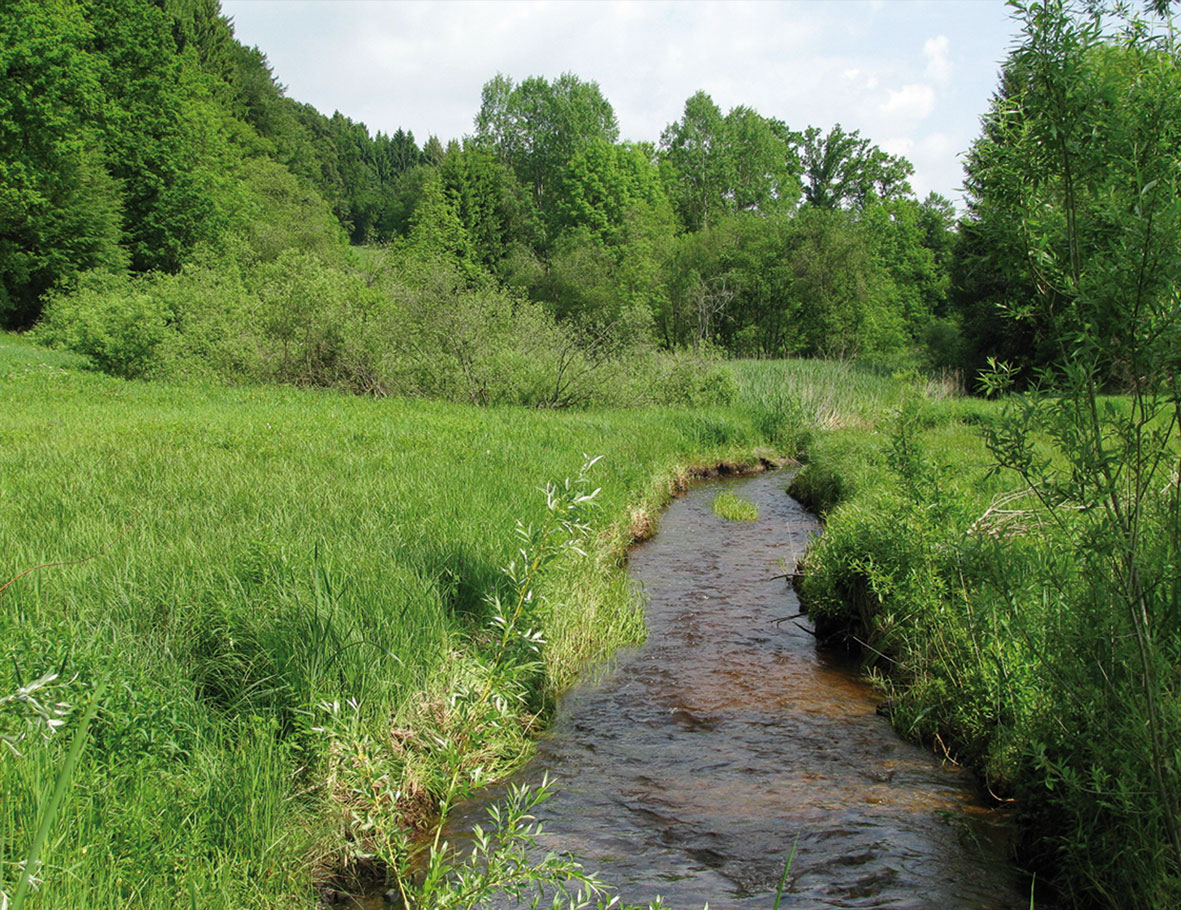Outlook
The Royal Lake Trout
This fish was once a truly royal catch: the lake trout (Salmo spp.). It was not only because of its impressive measurements of up to 1.40 meters long with a weight of 30 kilograms. Royal decrees also declared that all lake trout were to be delivered to the court of the Bavarian monarchs. That was many years ago and the lake trout has long since been added to the red list as “critically endangered”.
Researchers have been working for years to find out how to reintroduce the lake trout into the Lake of Starnberg. Fishermen regularly release juvenile fish into the lake in order to maintain the lake trout. The lake trout’s problem is its reproduction strategy: like salmon, they migrate from lakes up the tributaries in order to spawn in the gravel shallows. In effect, they return to their own place of birth. Science calls this ‘homing’.
However, this strategy has led to the extinction of the lake trout in many places in Bavaria because dams and weirs present unsurmountable obstacles along the migratory route. This is also the fate of the lake trout of the Lake of Starnberg. The lake’s third largest tributary, the Lüßbach, is 19 kilometers long and it is impossible for the lake trout to spawn there. After only about 400 meters, the spawning fish arrive at a drop and an old weir which is in danger of collapsing. The site is impassible. According to estimates of the local water management office, both structures endanger the ecological condition of the water which is why they must be restored as close to nature as possible.
This is at least the goal of the researchers at the Fisheries Institute in Starnberg. Specifically, they want to convince the citizens who still possess the water rights to consider renaturation and to create a fish ladder with pools to provide the lake trout with the necessary water depths and rest zones for the upward journey along the river. In addition, a small artificially constructed waterway which would serve as a detour around the fish ladder should be connected in order to also enable weaker swimming fish species and macrozoobenthos the migration along the river.
The Academy intends to support the researchers around the biologists and the deputy Institute director, Dr. Michael Schubert, and thus play a role in the reintroduction of the lake trout.




